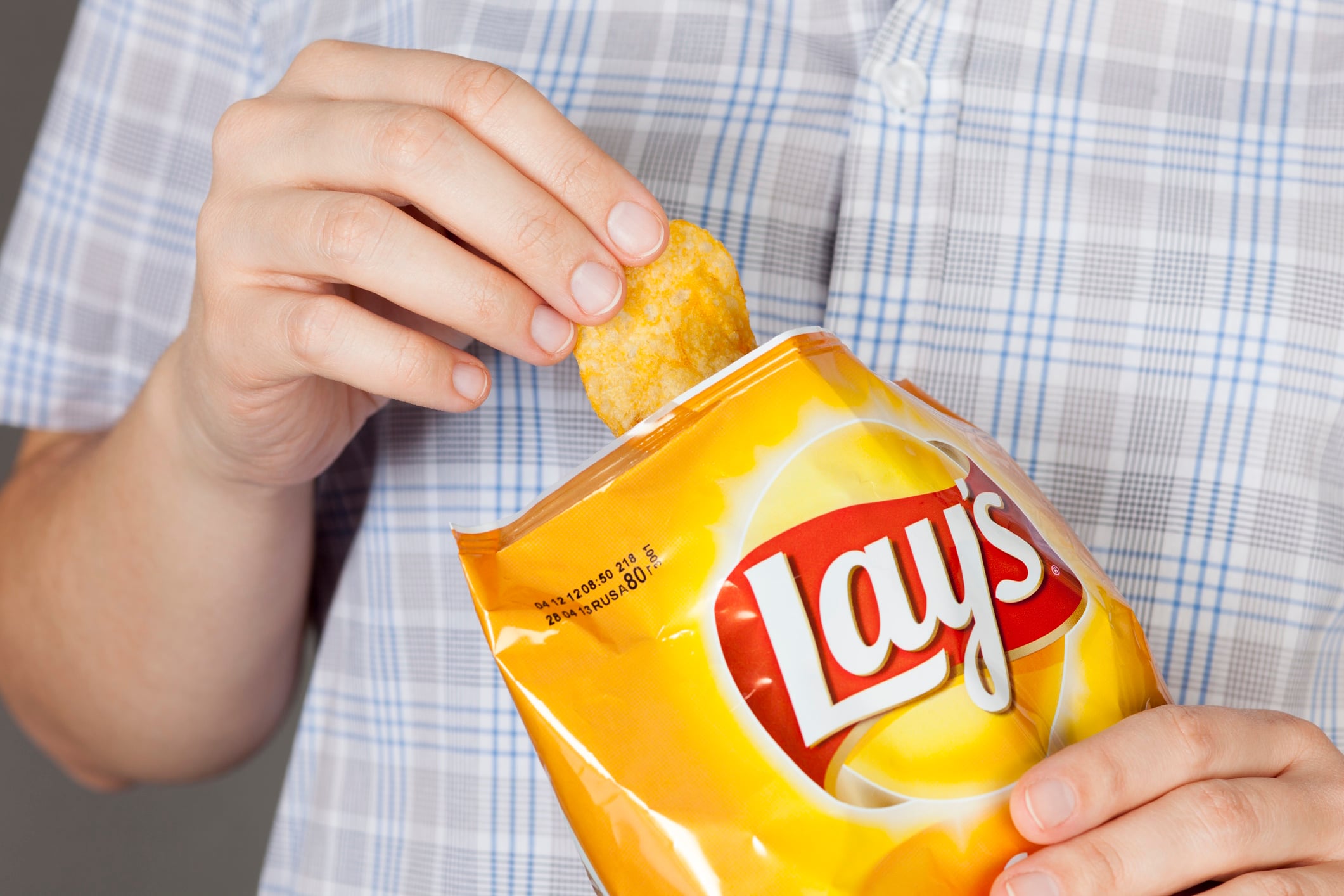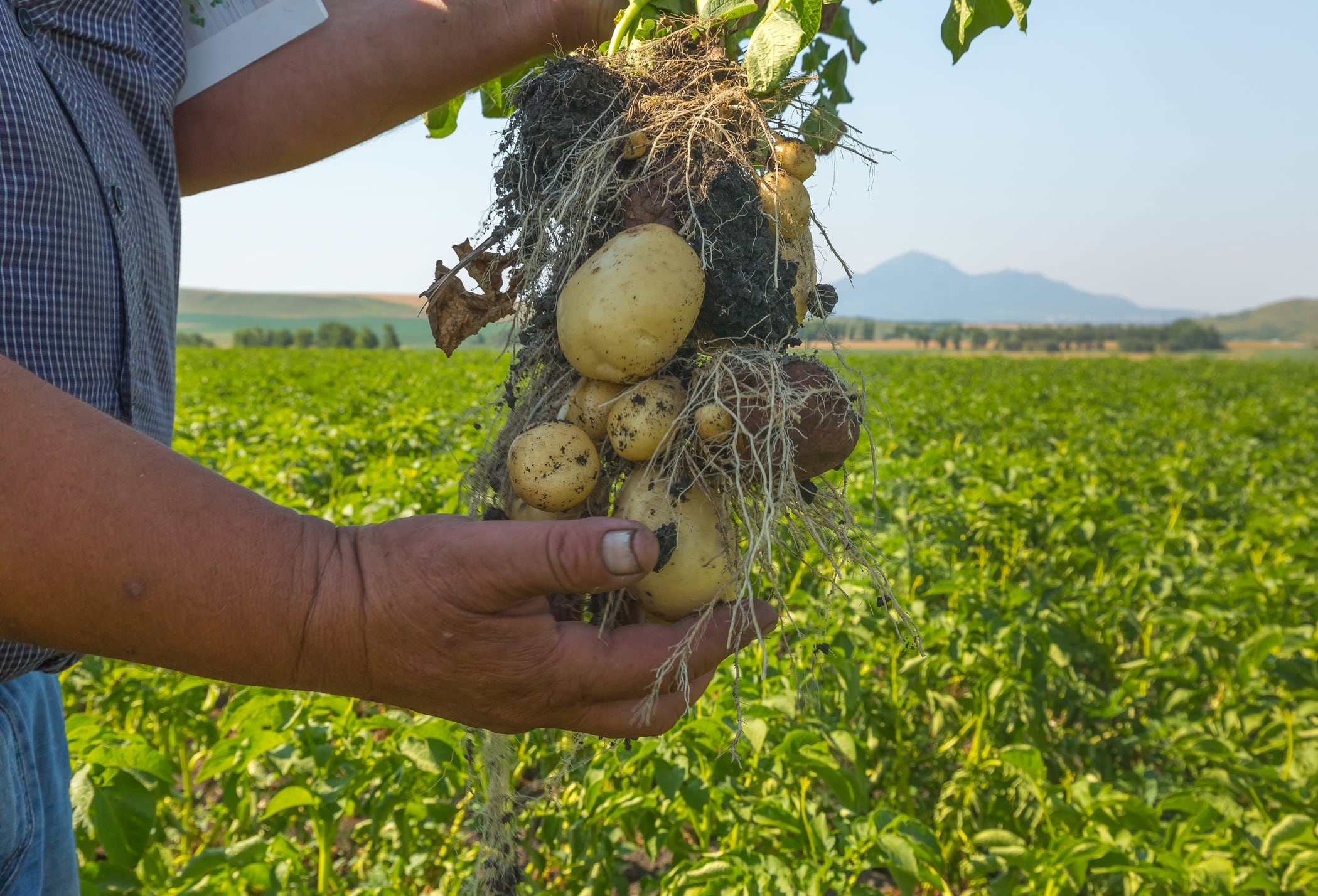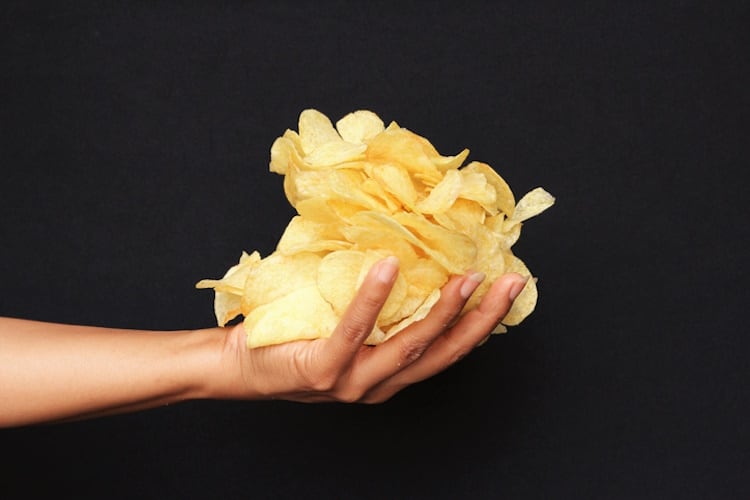PepsiCo is hoping that protein-packed snacks will help turn things around for its struggling US snack business, after another dip in sales volumes in North America.
In the second quarter of 2025, the company reported adjusted earnings of $2.12 per share — slightly ahead of Wall Street’s expectations of $2.03. Total revenue was also up, reaching $22.73 billion, a 1% increase on the same time last year. But the overall good news was clouded by weaker performance at home: snack volumes for Frito-Lay and Quaker Foods fell 1%, while beverages were down 2%.
This is the second quarter in a row where fewer PepsiCo products were sold in North America. While newer additions like Sabra’s plant-based dips are helping to refresh the line-up, shoppers are clearly being more selective — weighing both cost and what they’re actually getting from a snack.
Even so, CEO Ramon Laguarta remains upbeat. He said the company was seeing signs of improvement compared to earlier in the year and highlighted stronger performance in certain categories, particularly snacks focused on health and functionality.
One of the biggest opportunities, PepsiCo believes, is in snacks that offer more than just flavour. That’s where protein-forward snacking comes in.
PepsiCo is putting action where its mouth is — channelling more energy into snacks that offer something extra, like plant protein, whole grains or simple, recognisable ingredients. Brands like Siete Foods and Sabra are at the heart of this effort, alongside plans to roll out more better-for-you options under the Frito-Lay name.
“As we look ahead, we will continue to build upon the successful expansion and growth of our International business and accelerate initiatives to improve our North America business performance,” said Laguarta. “These initiatives include more portfolio innovation and cost optimisation activities that aim to stimulate growth and profitability.”
Protein snacks in the spotlight
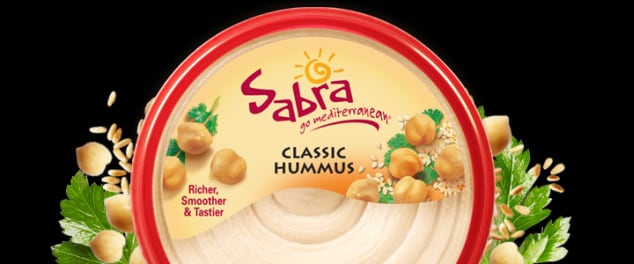
PepsiCo’s approach is two-pronged. First, it’s continuing to back brands that already meet changing consumer tastes. Second, it’s giving more attention to its traditional snack favourites with updates that offer a bit more nutritional punch.
Sabra’s hummus, rich in plant-based protein and fibre, ticks the box for health-conscious shoppers. Siete’s grain-free, high-protein chips and tortillas blend cultural appeal with wellness trends — a mix that’s especially popular with younger consumers.
According to market researcher Circana, snacks that highlight protein on the label are showing up in more homes and being bought more often — especially by Gen Z and millennials. These shoppers are often on the lookout for snacks that feel better for them, without compromising on taste.
PepsiCo also knows it’s not just what’s on the shelf but it’s where on the shelf it sits. As shoppers move more purposefully through stores, it’s working closely with retailers to get its healthier snacks into prime spots.
“We are improving our instore availability and placement,” it said in its Q2 update, pointing to stronger partnerships with retailers to help key snack lines stand out.
Behind the scenes, PepsiCo is making changes, too. Two of its North American food plants closed during the quarter, part of a broader effort to simplify operations and cut unnecessary costs. It’s also looking for ways its snack and beverage teams can work more closely together, especially across areas like logistics, supply chain and marketing.
It’s also reassessing where its marketing dollars go, aiming to make sure every campaign delivers better bang for its buck. Transport and delivery systems are another area getting attention as it looks to run more efficiently while keeping shelves stocked with the right products.
Overseas sales help steady the ship
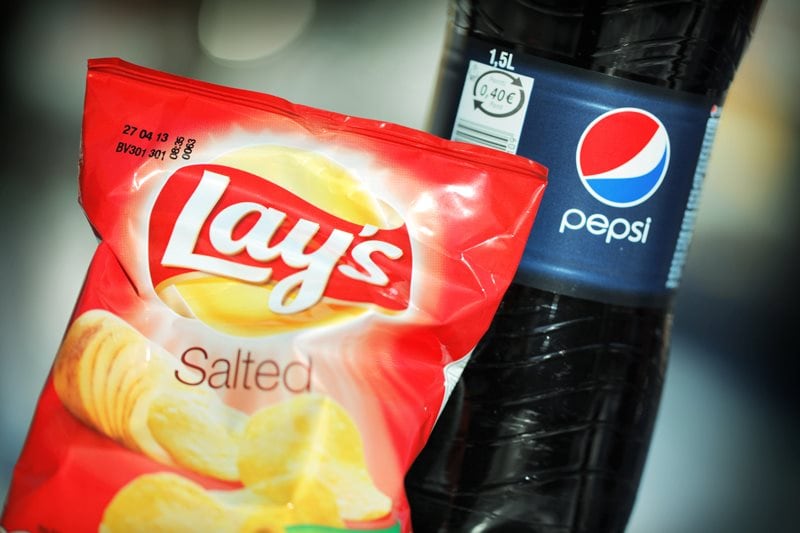
While US snack sales have hit a bit of a lull, PepsiCo is seeing stronger demand in other parts of the world. The company reported better sales in Latin America and Asia, helping to offset some of the drop at home. In total, sales grew 2.1% globally in the second quarter when adjusted for currency and other factors.
But profits took a hit. PepsiCo’s net income dropped to $1.26 billion — down from $3.08 billion this time last year. That fall was largely due to restructuring costs and shifts in currency values. Adjusted earnings per share slipped 5% once currency effects were factored in, although those pressures are now starting to ease.
Looking at the year so far, total revenue is down just slightly — 0.3% compared to 2024. Earnings per share, however, are down more sharply at 39%, reflecting the impact of inflation, tariffs and other headwinds. One of those is the recent jump in aluminium import tariffs from 25% to 50%, which has made beverage packaging more expensive.
Even so, PepsiCo is sticking to its targets for the rest of the year. It still expects low single-digit growth in sales and flat earnings once currency changes are stripped out. It also plans to return $8.6 billion to shareholders in 2025, mostly through dividends and stock buybacks.
“We remain confident in our ability to deliver low-single-digit organic revenue growth with core constant currency EPS to be approximately even with the prior year,” said Laguarta. He added the impact of foreign exchange has become less of a drag due to the recent weakening of the US dollar.
That said, there’s still work to do — particularly in North America — where turning around the drop in snack sales will require both tighter operations and more compelling products.
A different kind of snack race

PepsiCo knows the snack aisle isn’t what it used to be. It’s no longer just about flavour or price. Today’s shoppers want more, whether that’s protein, fibre, clean ingredients or products that reflect their values.
By putting more weight behind protein-focused snacks with a cultural edge, the snack giant is hoping to re-engage shoppers who’ve started looking elsewhere. But the challenge isn’t just making better snacks — it’s getting them into baskets, again and again.
This new strategy reflects where the wider snack market is heading. Big brands are no longer winning on size alone. Agility, freshness and function matter just as much. PepsiCo still has the scale but now it’s aiming to pair that with sharper thinking and better execution.
Whether that means more protein-packed snacks on the shelves or entirely new formats remains to be seen. But as tastes change and wallets tighten, the pressure is on to give consumers more reasons to reach for a PepsiCo snack.


